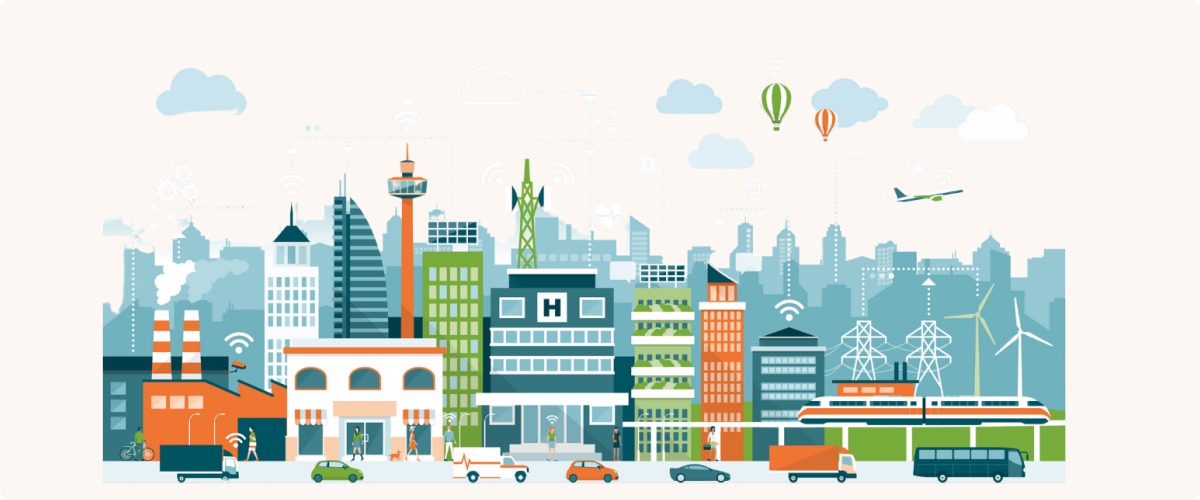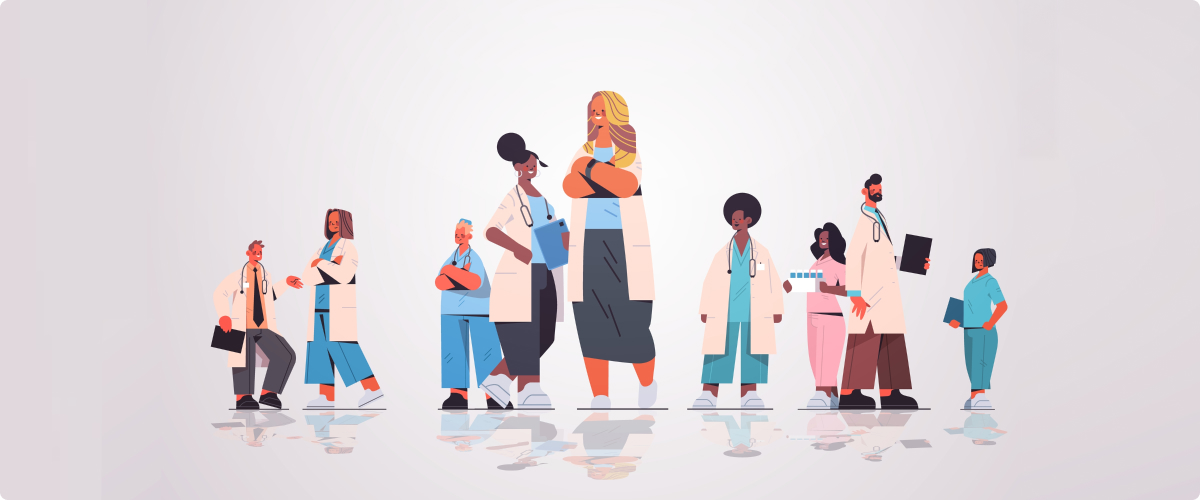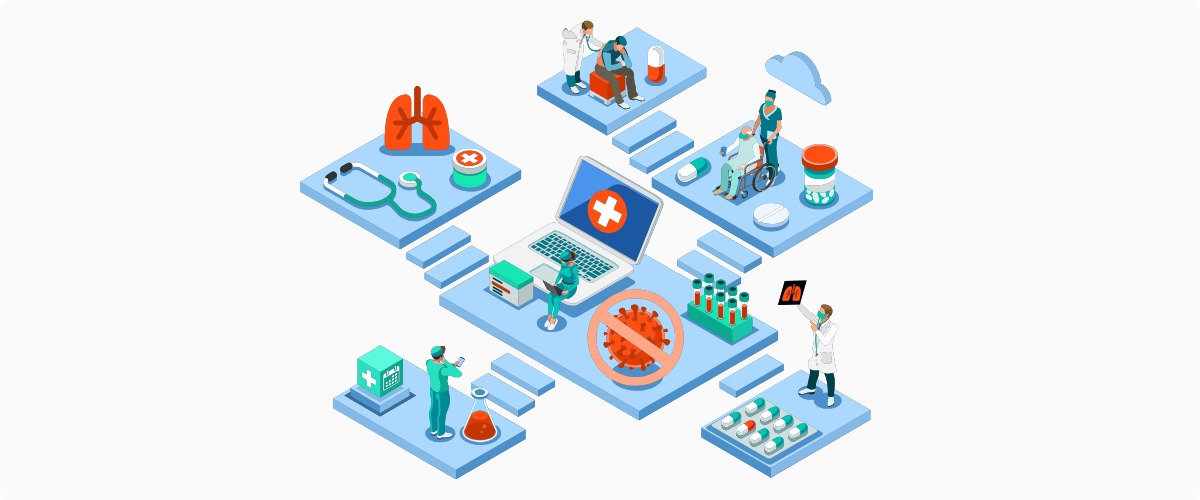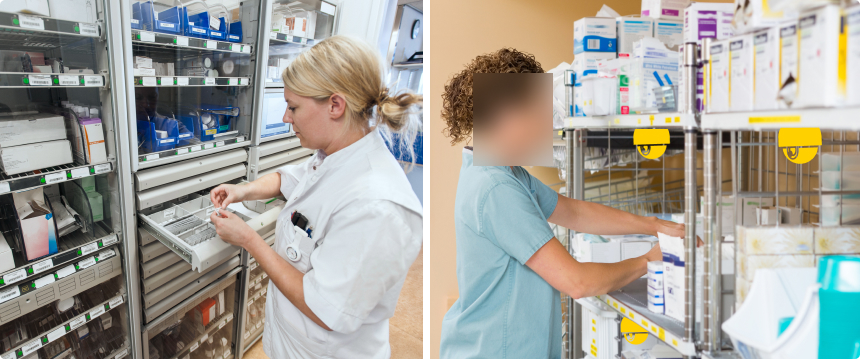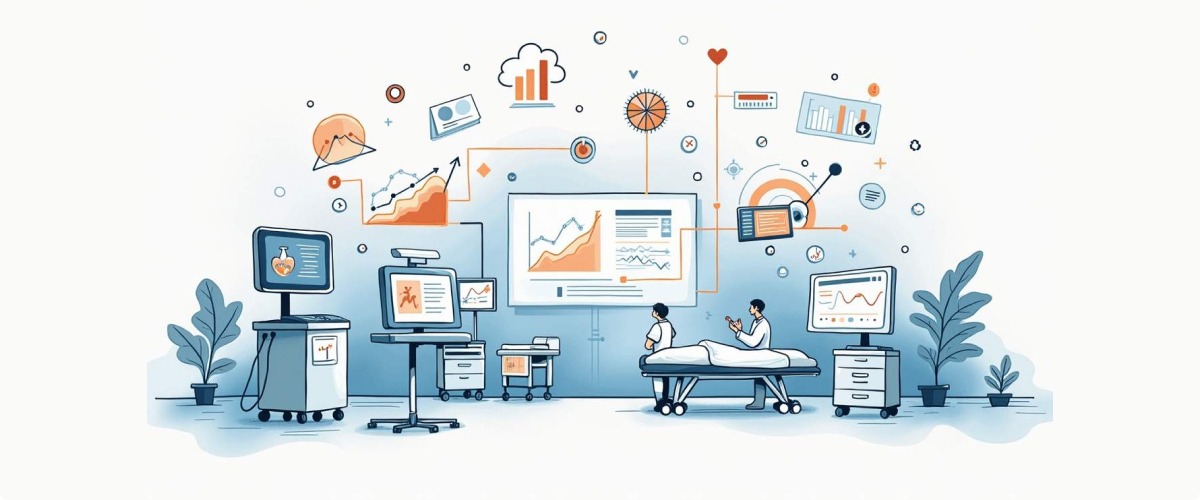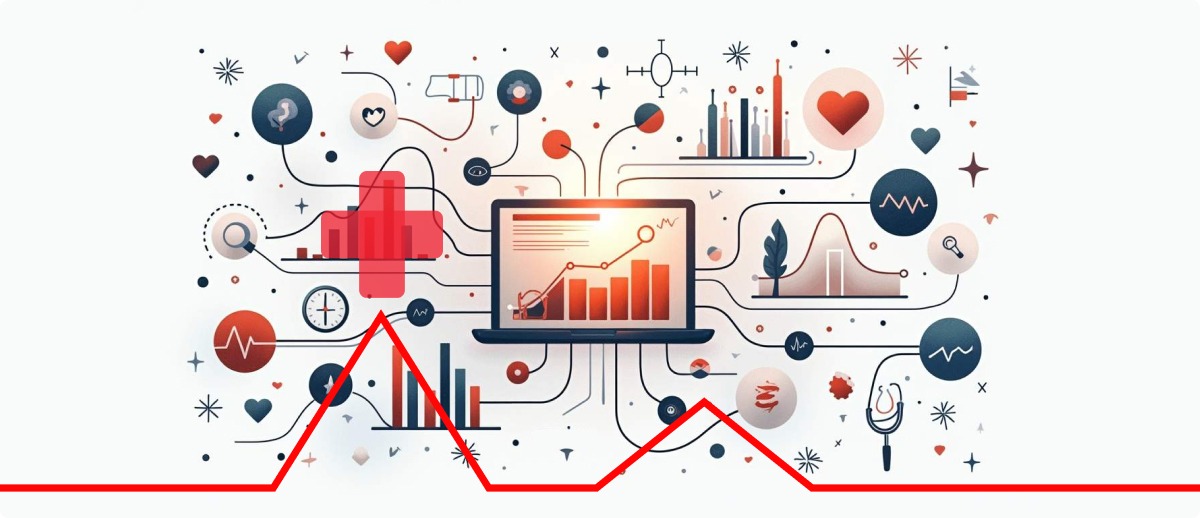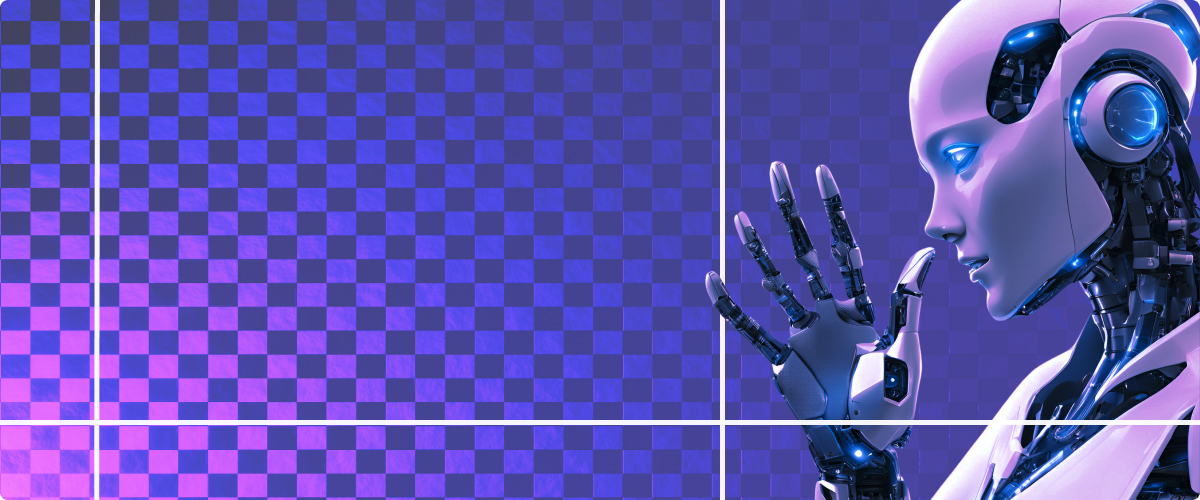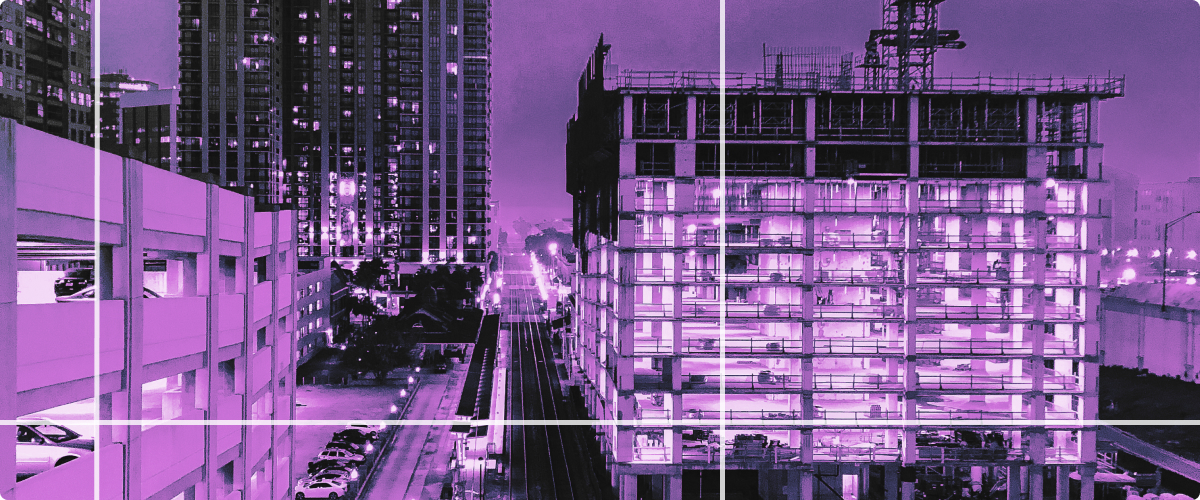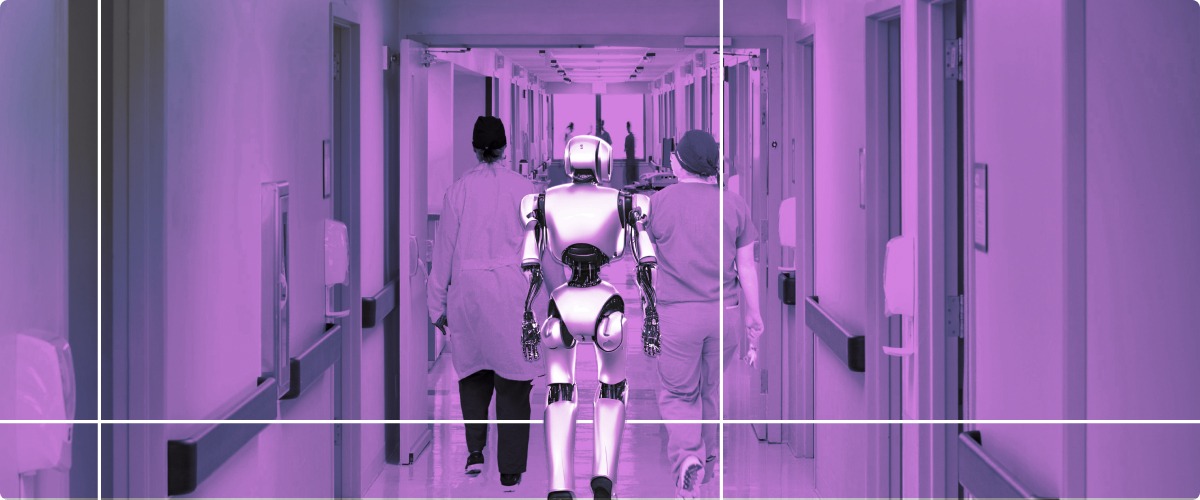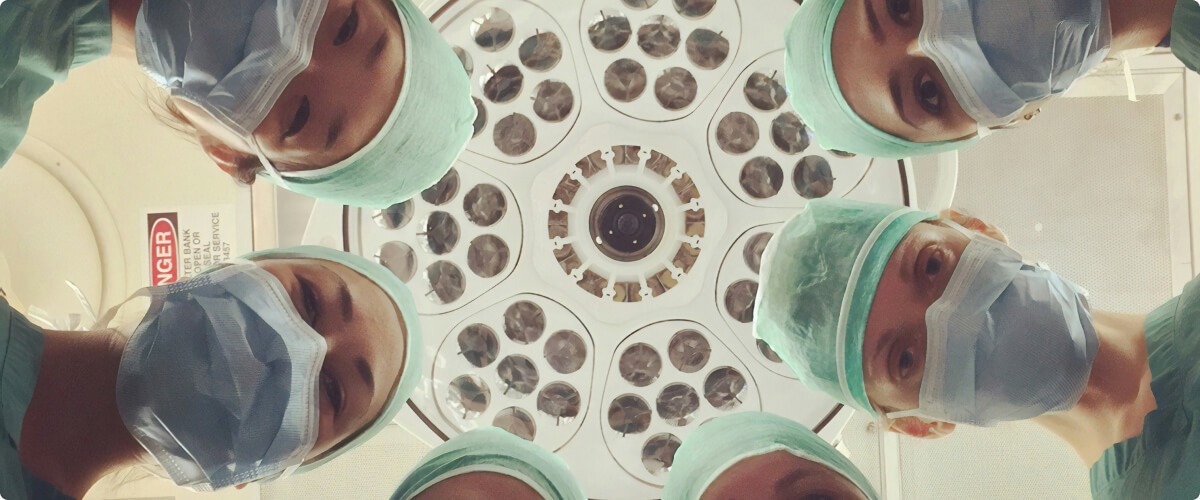As cities become smarter, hospitals are not far behind. The same computer vision AI technology that powers urban security, traffic monitoring, and environmental sustainability is now transforming healthcare. From patient monitoring to predictive diagnostics, smart hospitals are redefining patient care, operational efficiency, and medical safety.
AI-Powered Patient Monitoring
One of the most revolutionary applications of computer vision in hospitals is real-time patient monitoring. AI-driven vision systems can track patient movement, ensuring they receive timely care while preventing falls and medical errors. For example, AI cameras can detect when a patient attempts to leave a bed unsupervised, alerting nurses before a fall occurs. This is particularly crucial for elderly patients and those with mobility issues.
Additionally, AI-based facial recognition can be used to monitor pain levels, distress, or unusual activity in ICU patients, providing early warnings to medical staff. Hospitals that have integrated AI vision into their patient monitoring systems have reported fewer incidents and improved patient outcomes.
📌 Discover how AI-enabled remote patient monitoring enhances healthcare efficiency, improves patient outcomes, and revolutionizes medical care in our blog, From Reactive to Predictive: A Guide to AI-Enabled Remote Patient Monitoring.
AI-Driven Inventory Management and Supply Chain Optimization
Managing hospital inventory is a complex task, often involving thousands of medications, medical tools, and essential supplies. AI-powered computer vision and automation are streamlining this process by continuously tracking inventory levels and predicting shortages before they occur. Smart cameras, combined with machine learning algorithms, can monitor stock levels in real time, sending alerts when restocking is required.
Additionally, automated systems can analyze usage patterns to optimize procurement and reduce waste. For example, AI-driven platforms can detect when specific medical supplies are nearing expiration and automatically suggest redistribution to departments where they are most needed. This ensures that resources are used efficiently, lowering operational costs while improving patient care.
In large hospital networks, AI-powered logistics systems are also being used to optimize the transportation of medical supplies between locations, ensuring that hospitals have the right equipment at the right time. By integrating AI into supply chain management, hospitals can eliminate inefficiencies, prevent stockouts, and maintain seamless operations.
📌 Read our blog, AI for Healthcare Inventory Management: Automate Inventory Tracking and Streamline Stock Management, to learn how AI is cutting hospital costs, streamlining inventory management workflows, and improving patient outcomes.
Enhancing Hand Hygiene Compliance
Hospital-acquired infections (HAIs) remain a significant challenge. AI-driven computer vision is now being used to monitor hand hygiene compliance among healthcare workers. These systems track whether doctors and nurses wash their hands before and after patient contact, reducing the spread of infections.
Some hospitals have deployed AI cameras at handwashing stations that use deep learning to detect whether proper handwashing protocols are followed. If a violation is detected, the system can issue reminders or generate compliance reports, ensuring that hygiene standards are met consistently.
Predictive Diagnostics with AI Vision
Beyond monitoring, computer vision AI is now playing a role in diagnostics. Medical imaging, such as X-rays, MRIs, and CT scans, can be analyzed with AI to detect anomalies that might be missed by human eyes. AI-driven image recognition can identify signs of diseases like cancer, stroke, or pneumonia faster and more accurately than traditional methods.
For instance, AI-powered vision systems have demonstrated the ability to detect early signs of diabetic retinopathy in eye scans, allowing for earlier intervention and treatment. Similarly, AI models trained on vast medical imaging datasets are helping radiologists make more precise and confident diagnoses.
AI-Powered Smart Emergency Rooms
Emergency rooms are high-pressure environments where every second counts. AI-driven vision technology is now being integrated into ER workflows to optimize patient flow and reduce wait times. Computer vision can track how long patients wait in different areas, analyze movement patterns to detect bottlenecks, and optimize staff allocation in real time.
Some hospitals have even implemented AI systems that can detect signs of stroke or cardiac arrest in waiting rooms by analyzing patient facial expressions and movement. These alerts allow doctors to intervene immediately, potentially saving lives.
AI in Robotic Surgery and Remote Care
The rise of robotic-assisted surgery has introduced another frontier for AI in hospitals. Computer vision enables surgical robots to interpret and react to real-time visual data, assisting surgeons with precision-guided movements. AI-driven robotics are now being used for minimally invasive procedures, leading to faster recovery times and reduced surgical risks.
Additionally, AI vision is facilitating telemedicine by allowing doctors to conduct remote examinations. AI-powered cameras can assess a patient’s vital signs, skin conditions, or even detect subtle changes in movement that may indicate neurological issues—all without requiring an in-person visit.
Improving Hospital Security and Workflow
Hospitals face security challenges, from unauthorized access to patient data breaches. AI-powered facial recognition systems are now being used for access control, ensuring only authorized personnel enter restricted areas. Similarly, AI-driven surveillance can detect aggressive behavior, unattended objects, or unusual activity, alerting security teams in real time.
On the operational side, AI is also optimizing supply chain management in hospitals. Smart cameras track medical inventory, ensuring that supplies are always stocked and that equipment is in the right place at the right time. This minimizes waste, reduces costs, and ensures that medical staff can focus on patient care rather than logistics.
The Future of Smart Hospitals
The integration of computer vision AI in hospitals is still in its early stages, but the potential is limitless. As AI models continue to improve, hospitals will become more efficient, safer, and more attuned to patient needs. From diagnostics to security, AI-driven vision is proving to be an essential tool in shaping the future of healthcare.
Incorporating these technologies not only enhances patient care but also aligns hospitals with the broader vision of smart cities—where AI, automation, and intelligent systems work together to create safer, more efficient urban environments. As cities evolve, so too will hospitals, ensuring that healthcare is as smart as the cities they serve.
📌 Read our companion blog, The Future of Smart Cities: How Computer Vision AI is Revolutionizing Urban Life, and explore how AI and computer vision are transforming city infrastructure!
Transform your Hospital with AI-Driven Innovation
Is your healthcare facility ready to leverage the power of AI and computer vision? Chooch provides cutting-edge AI solutions designed to enhance patient care, optimize operations, and improve medical efficiency. Discover how AI can revolutionize your hospital—contact Chooch today.

